Parts
10 Different Types Of Handlebars For Bicycles (Essential Info)
In the world of cycling, one of the most vital yet often overlooked components of a bike is its handlebars. They play an essential role in determining a rider’s posture, comfort, and control. Over the years, various types of handlebars have been developed to cater to different cycling needs. In this comprehensive guide, HookBike delve into 10 different types of handlebars for bicycles, providing you with all the essential information you need to make an informed decision.
10 Different Types Of Handlebars For Bicycles
The handlebar is an essential part of a bicycle that influences the bike’s control, steering, and the rider’s posture. Here are 10 different types of handlebars for bicycles:
1. Drop Handlebars
Drop handlebars, commonly found on road bikes, are recognized by their distinctive curved shape. This design allows riders multiple hand positions, suitable for long-distance rides and high-speed racing.
- Key Benefit: Offers aerodynamic posture, reducing wind resistance.
- Ideal For: Road cycling and racing.
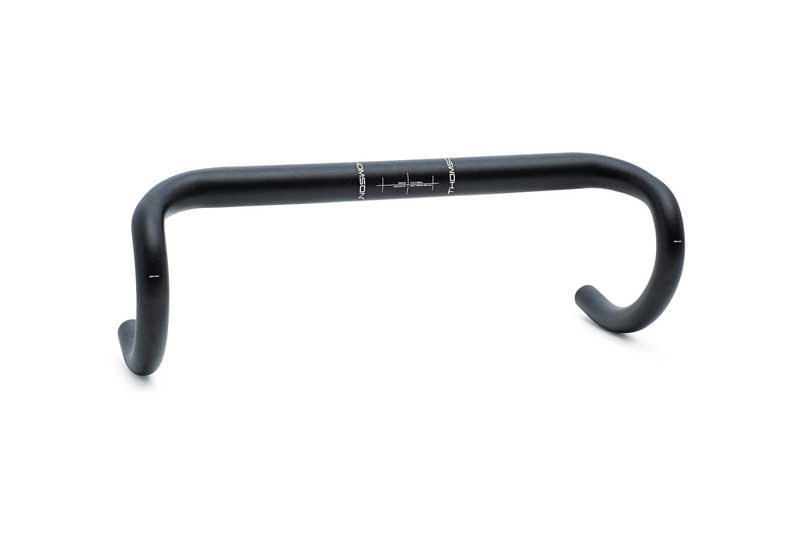
2. Flat Handlebars
These are straight bars, often seen on mountain bikes, hybrids, and even some road bikes. They provide a natural grip position and are typically wider than other handlebars.
- Key Benefit: Enhanced control and stability, especially on rough terrains.
- Ideal For: Mountain biking and city commuting.
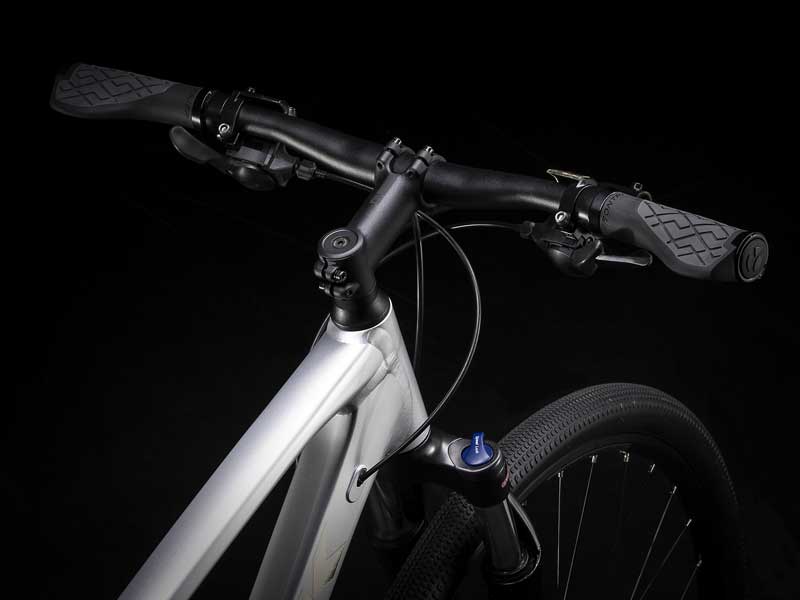
3. Riser Handlebars
A variation of the flat bar, riser handlebars rise slightly from the center, providing an upright riding position. They can be both wider and shorter, depending on individual preferences.
- Key Benefit: Greater comfort for leisurely rides and off-road adventures.
- Ideal For: Mountain biking and trail riding.
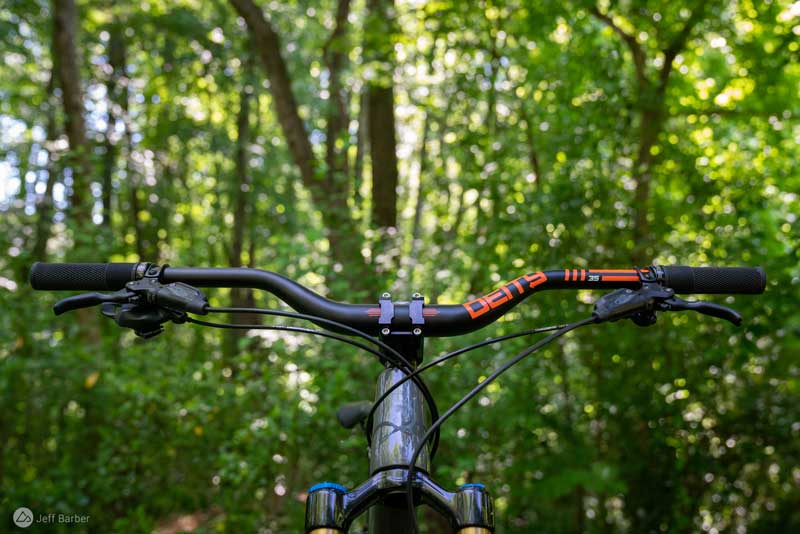
4. Bullhorn Handlebars
Characterized by their horn-like structure, bullhorns offer dual hand positions: straight grip and forward grip. They’re a common choice for urban cyclists and fixed-gear bikes.
- Key Benefit: Versatility in hand placement, enhancing speed and climbing capabilities.
- Ideal For: Urban commuting and time trials.

5. Aero Handlebars
Also known as triathlon bars, these are extensions fitted to drop bars or flat bars. They allow riders to rest their forearms and achieve a super aerodynamic posture.
- Key Benefit: Significantly reduces wind resistance, beneficial for time trials.
- Ideal For: Triathlons and time trial racing.

6. Cruiser Handlebars
These are swept back towards the rider, offering a relaxed riding posture. Mostly seen on cruiser bicycles, they’re perfect for leisurely rides.
- Key Benefit: Comfortable posture, reducing strain on the back and shoulders.
- Ideal For: Leisurely rides and cruisers.
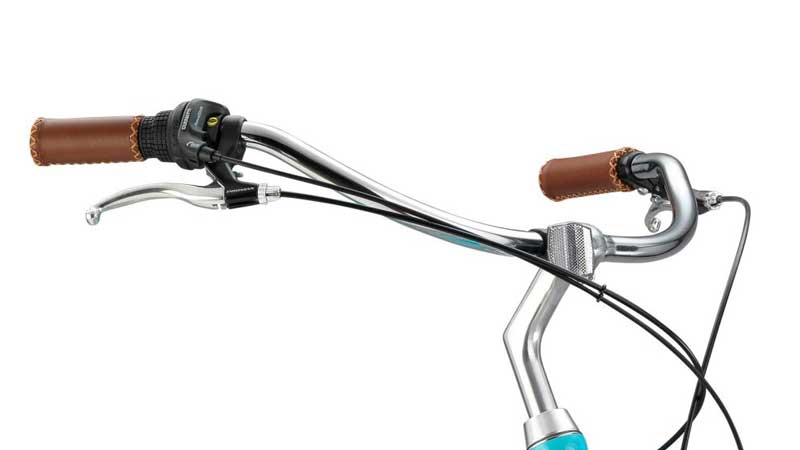
7. Moustache Handlebars
A unique blend of drop and flat bars, moustache handlebars curve forward and then back towards the rider. They offer multiple hand positions and are usually seen on touring bikes.
- Key Benefit: Versatility in grip and a balanced riding posture.
- Ideal For: Touring and long-distance rides.
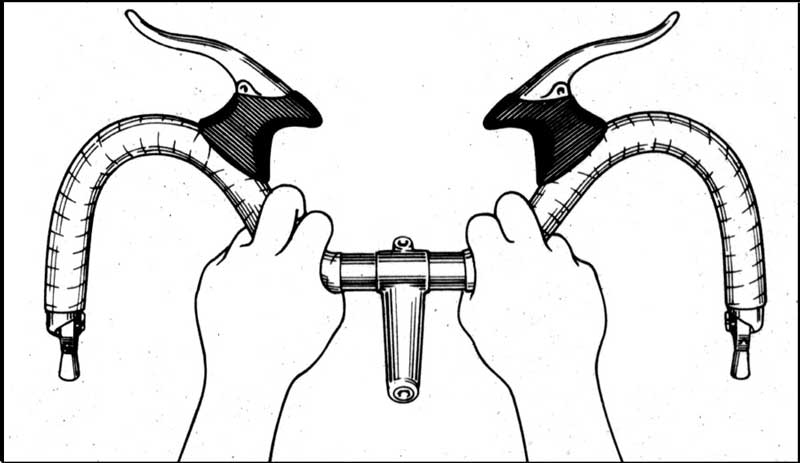
8. Butterfly Handlebars
Popular among touring cyclists, butterfly bars offer the most hand positions. They loop forward and back, resembling the shape of wings.
- Key Benefit: Multiple grip options, reducing hand and wrist fatigue during extended rides.
- Ideal For: Long-distance touring.
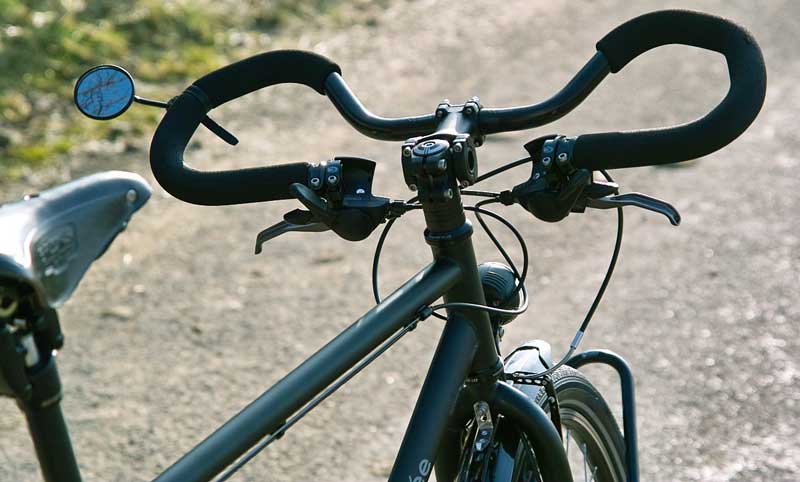
9. BMX Handlebars
Specifically designed for BMX bikes, these handlebars are upright with a slight curve at the ends. They provide better control and stability for tricks and stunts.
- Key Benefit: Superior control for tricks, jumps, and stunts.
- Ideal For: BMX riding.

10. Loop Handlebars
Seen on some folding and recumbent bikes, loop handlebars circle around, offering a unique appearance. While they may look unconventional, they provide a comfortable grip.
- Key Benefit: Ergonomic design suitable for relaxed rides.
- Ideal For: Folding and recumbent bikes.
That the choice of handlebars is also influenced by factors like the type of cycling you’ll be doing, personal preference, and body ergonomics. Changing handlebars can significantly alter the comfort and performance of a bike.
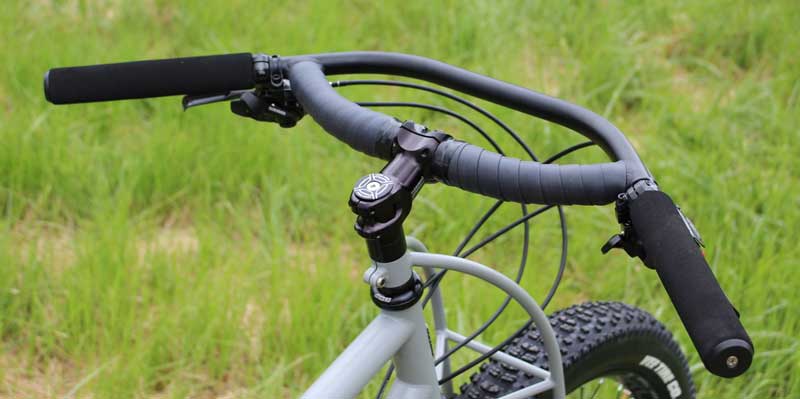
Experience in choosing the most suitable bicycle handlebars
Choosing the most suitable bicycle handlebars is essential for comfort, efficiency, and safety. Your choice can impact your riding experience significantly. Here’s a guide based on various considerations and experience:
Purpose of Riding
- Road Cycling: Drop bars are preferred for their aerodynamics and multiple hand positions.
- Mountain Biking: Flat or riser bars for control and maneuverability.
- Commuting: Flat or bullhorn bars for visibility and simplicity.
- Touring: Butterfly or drop bars for multiple hand positions and comfort over long distances.
- Racing: Drop bars or aero bars for aerodynamics.
- Tricks/BMX: BMX bars for control during tricks.
- Leisure: Cruiser bars for a relaxed position.
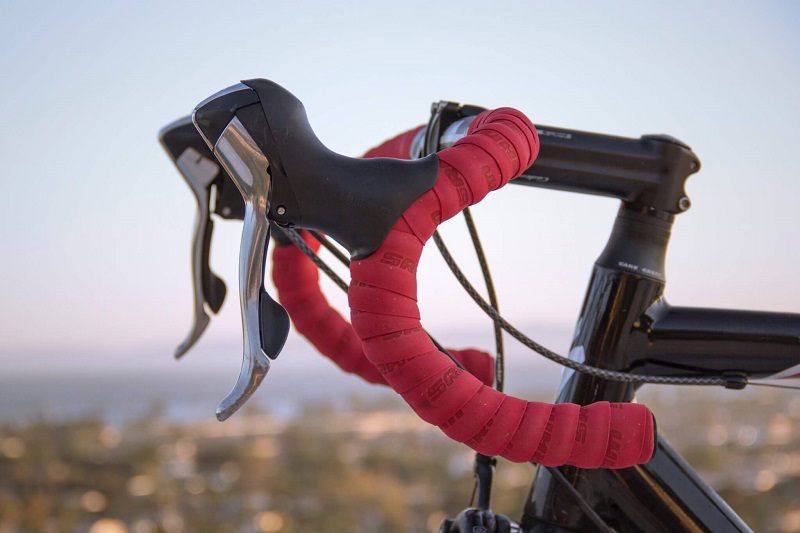
Body Ergonomics
Consider your arm length, shoulder width, flexibility, and any previous injuries or pains. For instance, wider handlebars can offer more control and stability, but they should align with your shoulders to avoid discomfort.
Bike Fit
The handlebar’s width, rise, and reach should match the bike’s geometry and fit. Ensure that when you grip the handlebars, your hands align under your shoulders, and you don’t feel overstretched or cramped.
Riding Position
If you prefer an upright position, cruiser, riser, or flat bars might be ideal. For a more aggressive, forward-leaning position, drop bars or bullhorns might be better.
Hand Positions
For those who experience numbness or discomfort during longer rides, handlebars with multiple hand positions like drop bars or butterfly bars can be beneficial.
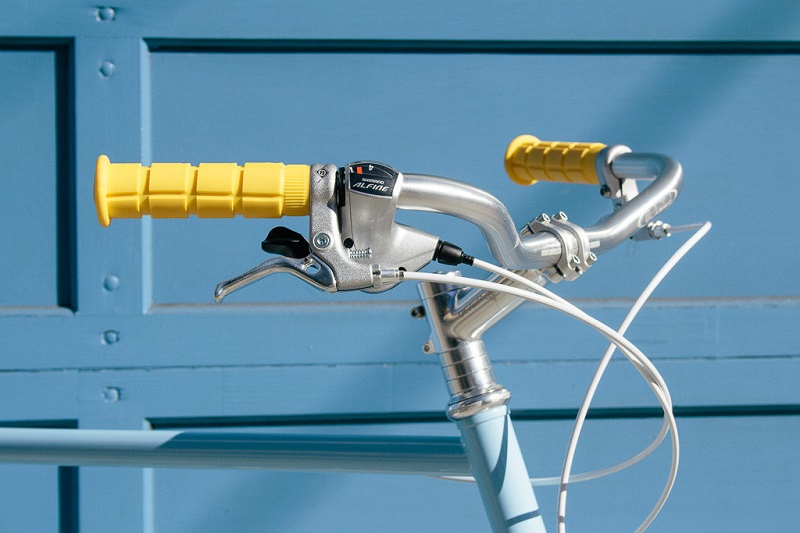
Control and Maneuverability
Wider bars, like those preferred in mountain biking, give more leverage and control. However, in tight urban settings, narrower bars might help you navigate through traffic.
Aesthetics and Style
Sometimes the choice comes down to the look and feel of the bike. Vintage bikes might look better with classic curved bars, while urban fixies might rock bullhorns.
Modification and Accessories
Consider what you’ll attach to your handlebars. Lights, bells, GPS, bags, and other accessories might require space or specific mounting options.
Material and Weight
For those conscious about bike weight, aluminum and carbon fiber offer lightweight options. Steel is heavier but can offer a smoother ride due to its vibration-damping qualities.

Test Ride
If possible, test ride bikes with different handlebars or ask to swap handlebars at your local bike shop. Personal preference plays a huge role, and what’s comfortable and efficient for one person might not be for another.
It’s okay to experiment. Sometimes, it takes trying out a few different types of handlebars to find the one that suits you best. It’s also possible to adjust the stem length and angle, which can further fine-tune your riding position.
Conclusion
Choosing the right handlebars for your bicycle can significantly influence your riding experience. Whether you’re into high-speed racing, mountain biking, or leisurely city rides, there’s a handlebar tailored to your needs. By understanding the 10 different types of handlebars for bicycles, you can optimize comfort, control, and performance on your two-wheeled adventures.

